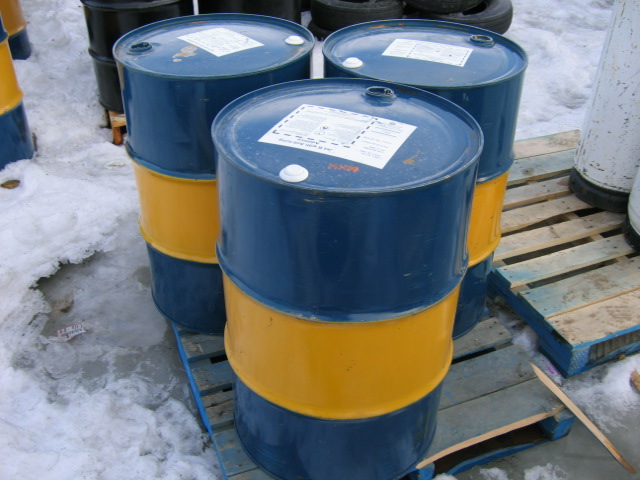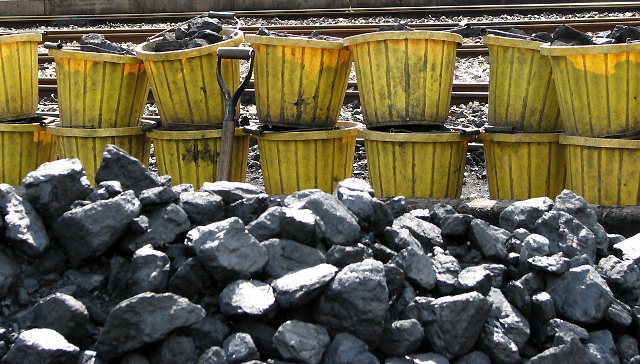Usually, the coil of wire in a generator is attached to a large turbine; therefore, as the turbine spins, the wire coil also spins. The turbine can be moved by several methods, including steam (gaseous water), wind, and liquid water. In a steam propelled generator the turbine moves because a stream of hot, high pressure steam (water vapor) is directed at the turbine’s fins. In most power plants, the stream of water vapor is produced by boiling huge amounts of water in a boiler at high pressure. And what provides the energy to boil the water?


Most often, the water inside a power plant is boiled by burning fossil fuels, such as coal or petroleum. By burning fossil fuels, a large quantity of energy is released, which is absorbed by the water, causing the water to vaporize. But, finally, where do fossil fuels come from?
Fossil fuels are the fossilized remains of ancient living organisms, which have decomposed in the absence of oxygen and under extremely high pressure for millions of years. While these living organisms obtained energy from various places (such as different types of food), the ultimate source of virtually all the energy used by living organisms, whether plants or animals, is the sun. Without the conversion of solar radiation to sugars via photosynthesis, living organisms, as we know them, would not have evolved or be able to survive.